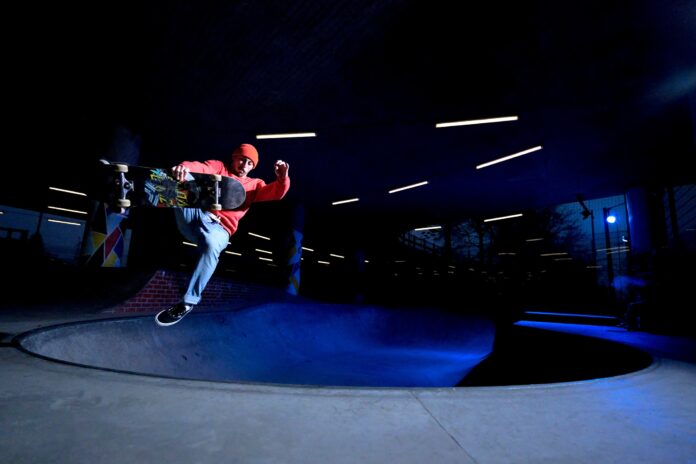
Gear: Sony a9 III + FE 14mm F1.8 GM
1/80000, f/2, ISO 2500
When I made the decision that I wanted to learn photography back in 2001, I got a Nikon FM3a analog camera and went ahead and booked a course in a respected photography institution in my hometown. However, half a year passed and for different reasons the starting date of this course kept changing and getting delayed, so I ended up requesting a refund and used the money to shoot rolls of film of anything and everything I could find during my day.
A few months later, when I was able to consistently capture well-exposed and in-focus images, I discovered that taking pictures of my skateboarding friends and colleagues suddenly catapulted my progress. I started to see beyond the correct exposure and focus and pay more attention to timing and compositions/shapes. Then eventually on conceptual ideas. Constant practice, experimentation, and dedication allowed me to evolve and I began to receive support and trust from friends, clients, and brands.
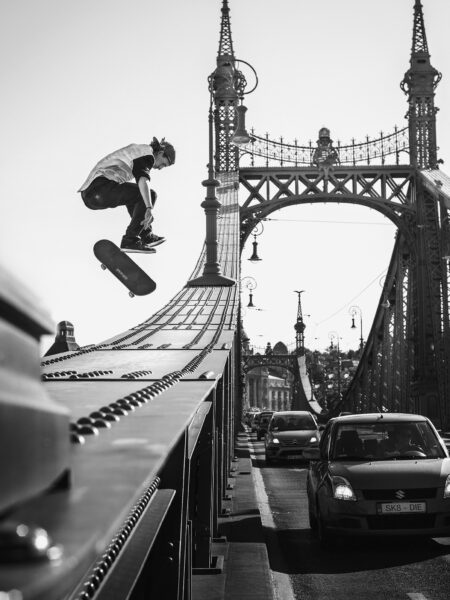
Gear: Nikon D810 + 50mm F1.4 GM
1/640, f/5.6, ISO 100
Today I continue to evolve, practice, and learn. What’s different is the amount of collected experience, rewards, and acknowledgment that allow me to work with a number of top brands like Red Bull, Sony, Peli, Maxima LED, and many others outside the photography industry.
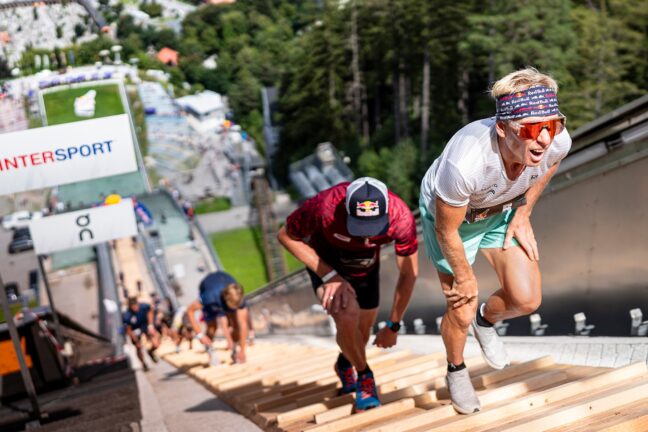
Gear: Sony a1 + FE 35mm F1.4 GM
1/5000, f/1.8, ISO 100
Sports Photography Gear & Settings Guide:
When you buy through links on our site, we may earn a commission at no cost to you. We evaluate products independently. Commissions do not affect our evaluations. As an Amazon Associate, we earn from qualifying purchases.
Cameras for Different Types of Shooting
Through my years of experience, I have learned that selecting a camera is an investment in your system. But choosing a camera isn’t always easy or straightforward. Having some foresight into the future – knowing what type of sports photography you want to shoot and the look and style you want to portray – will help since, usually, once you decide which camera to buy it will limit the type of lenses you can use.
For press and event photography, fast workflow essentials include great autofocus speed, low-light ISO sensitivity, fast continuous shooting, and connectivity options. Knowing this helped me choose the Nikon D3 some years ago, as at that time it was one of the fastest cameras with great ISO sensitivity and quick autofocus.
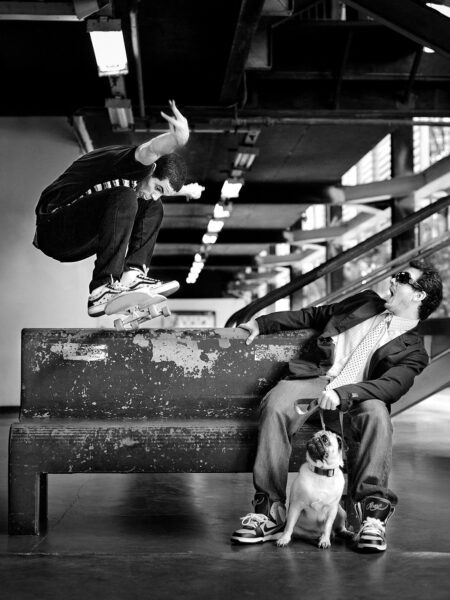
Gear: Nikon D3 + 50mm F1.4 GM
1/400, f/2.8, ISO 1000
Nowadays, I go directly to a camera like the Sony a1 or the newly released Sony a9 III. In my opinion, at the moment, there’s nothing better than the a9 III in terms of speed and versatility for most sports photography scenarios.

For event and action photographers who need to be quick, it makes life so much easier as it offers up to 120 frames per second continuous shooting and the incredible new function of “Pre-Capture” which gives you the option to continuously record and delete frames on the go while you are half-pressing the shutter button, and only saving a full second of continuous frames prior to the instant you fully press the shutter. It’s like going back in time up to one second because the camera saves a full second of continuous images before you take your first shot. (The perfect moment is literally guaranteed!)
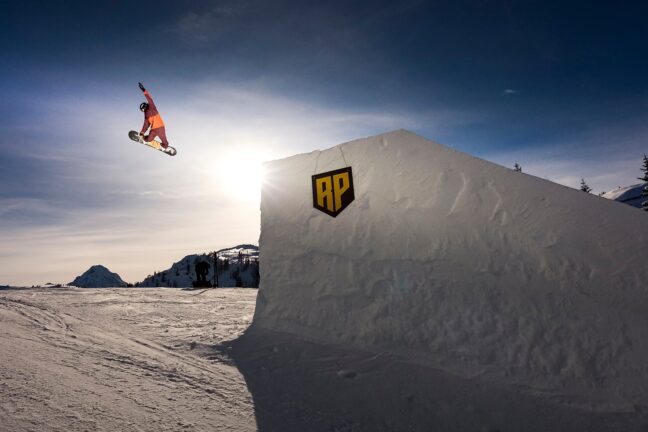
Gear: Sony a9 III + FE 14mm F1.8 GM
1/80000, f/4, ISO 1250 with synced off-camera flash
Commercial work demands top-notch image quality, often favoring high megapixels. Some years back, I went ahead and invested in the Nikon D850 which allowed me to deliver all the color information on big files. But today, my top pick is the Sony a1.

This flagship camera can handle big and rich files with fast processing, great detail quality, and safety features like the ability to record to two memory cards simultaneously for backup right on camera.
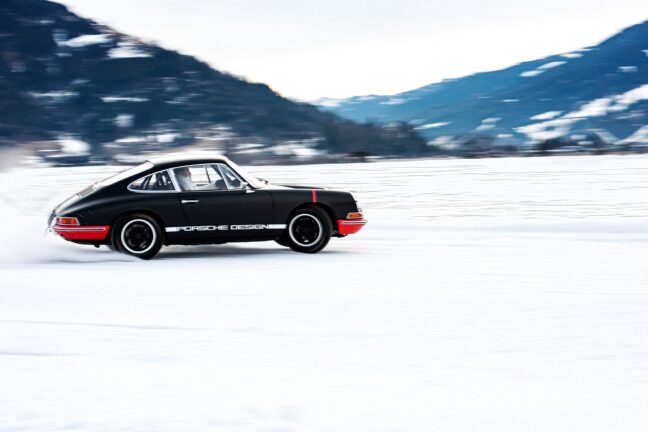
Gear: Nikon D810 + 70-200mm f/2.8G ED VR II
1/60, f/11, ISO 160
In my personal work, I have more freedom to express myself artistically so I often go for compact setups like the Ricoh GR III or even analog film cameras like the Nikon FM3a, as well as medium-format cameras like Hasselblad or the Fujifilm GFX100 II with a 102MP sensor and relatively fast workflows for a medium-format camera.
Related Posts
Lens Considerations: Versatility and Specialization
Lens selection in sports photography is a balancing act between versatility and specialization, catering to the diverse demands of different sporting events and shooting conditions. For beginners dipping their toes into sports photography, kit lenses offer an accessible starting point. However, as experience grows, investing in higher-quality lenses becomes advisable to elevate the quality of your shots from the outset.
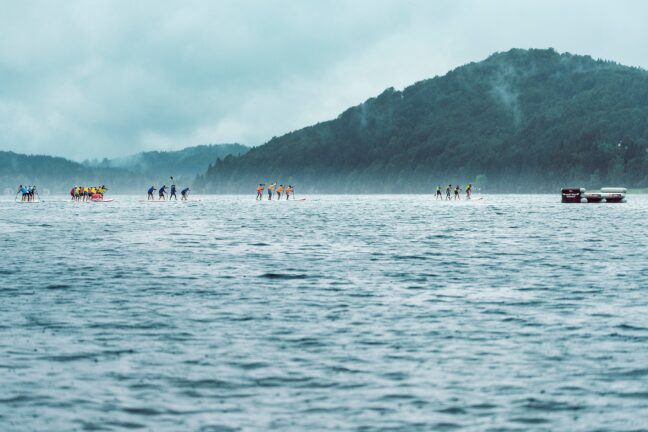
Gear: Nikon D810 + Sigma 150-600mm F5-6.3 DG DN OS Sports
1/1250, f/5, ISO 640
Whether you’re aiming to freeze the thrill of the game or unveil the intricate details of athletic prowess, understanding these lens considerations will empower you to craft captivating visual narratives in the world of sports photography:
- Kit Lenses: A budget option for beginners, allowing exploration of various focal lengths. With my first DSLR, the Nikon D200, I had the 18-70mm kit lens and it helped me get used to a digital workflow. I would, however, recommend investing in better quality lenses whenever possible.
- Intermediate Zoom Lenses: Affordable, offering versatility with decent quality. I have tried a range of zoom lenses and I can see their use in compact setups for minimum weight scenarios.
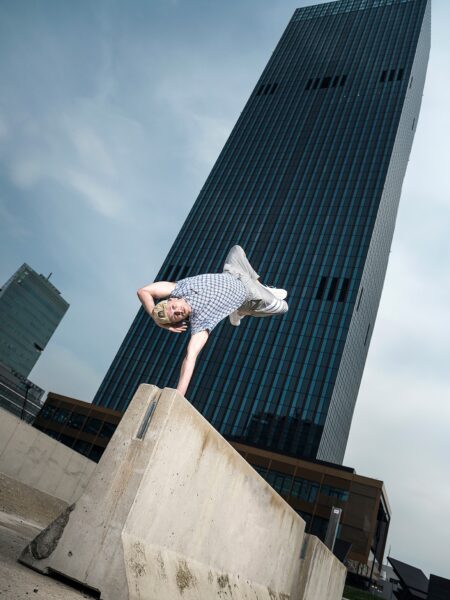
Gear: Nikon D810 + AF-S NIKKOR 24-70mm f/2.8E ED VR
1/8000, f/4, ISO 80 with synced flash
- Professional Zoom Lenses: Top-notch quality with wide apertures, ideal for professional work on events and scenarios where you need to be compact about your setup, meaning maybe only one camera and one lens or ideally two camera bodies with a lens each, allowing you to cover a variety of scenarios without the need to go to your bag and change a lens, potentially missing important moments. My favorite type of lenses are the 24-70mm f/2.8 and the 70-200mm f/2.8 – the perfect combination for event photography.
Related Posts
I recommend the Nikon and the Sony versions since these are the ones I have more experience with and they offer top-quality optics and speedy performances.
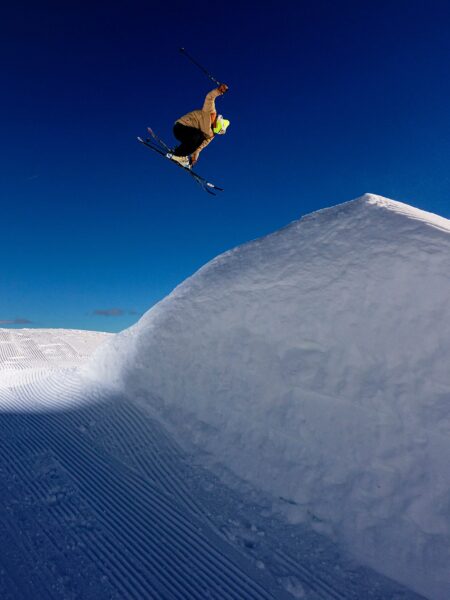
Gear: Sony a9 III + FE 24mm F1.4 GM
1/51000, f/4, ISO 1000 with synced off-camera flash
- Professional Prime Lenses: At the moment, these premium lenses are my go-to and they always offer unmatched sharpness, the fastest autofocus response, and overall top image quality, which always translates to less time in post-production. My favorite prime lenses are the Sony G-Master Series 24mm f/1.4, 35mm f/1.4, 50mm f/1.2, and the 135mm f/1.4.
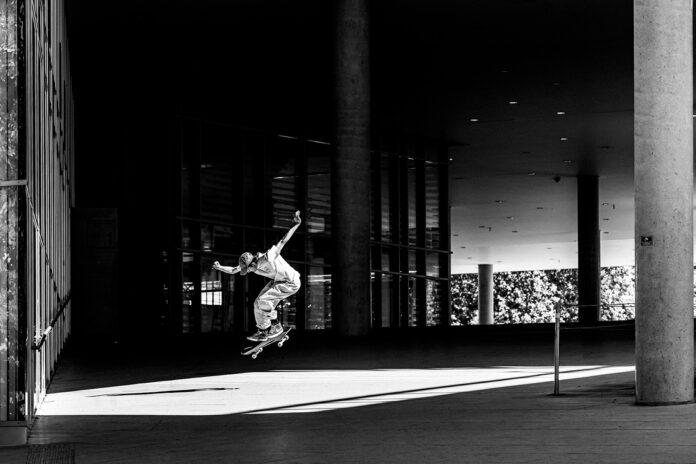
Gear: Sony a1 + FE 135mm F1.4 GM
1/1600, f/5.6, ISO 640
- Specialized Lenses: Super telephoto, tilt-shift, fisheye, and macro lenses each serve specific creative purposes. I use them mostly for commercial and artistic work since there are very few times I need them when shooting sports.
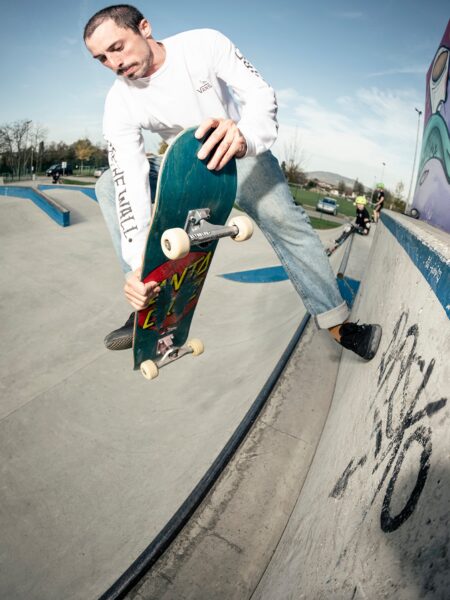
Gear: Sony a1 + AF-S Fisheye NIKKOR 8-15mm 3.5-4.5E ED
1/2000, f: no data, ISO 250 with synced off-camera flash
Lighting Equipment and Modifiers
Mastering lighting is essential to capturing the essence of athleticism with precision and artistry. From harnessing available light with small strobes to orchestrating elaborate setups with a range of lights and modifiers, the possibilities are as diverse as the sporting events themselves.
Here are the lighting equipment and modifiers I use for my sports photography, and a few techniques to illuminate the action across editorial/documentary and commercial/artistic realms:
Editorial/Documentary
For these scenarios, I normally try to utilize available light, supplemented by small strobes or bounce reflectors for fast and effective workflows. I would definitely recommend the Profoto A10.
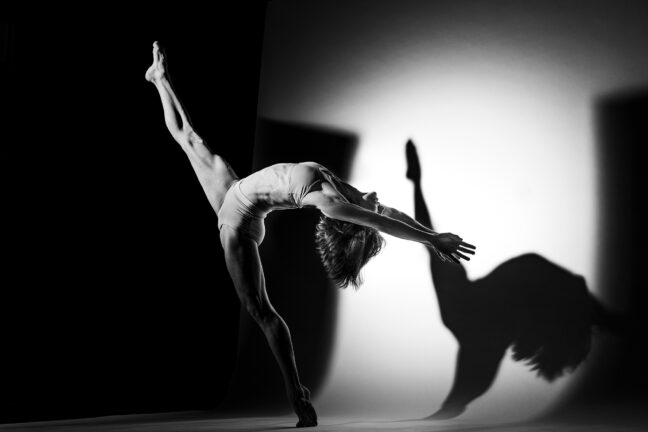
Gear: Sony a1 + FE 35mm F1.4 GM
1/200, f/4.5, ISO 400
Using one Maxima 3 continuous light with a Fresnel lens as the main light source
Commercial and Artistic
Here I have the luxury to opt for a range of lights and modifiers based on the specific needs of the project. In most cases, I like to achieve either a very natural look where the viewer does not necessarily realize the use of artificial light or, in contrast, I make it rather obvious so that the purpose of the light setup becomes a subject and brings a specific look to the scene.
For commercial and artistic projects, I start my setups with Profoto’s B10 and add from there as needed, using strobe and/or continuous lighting setups:
- Strobe Lights: Essential for crisp, high-quality images with fast sync capabilities. My go-to is the Profoto B10, as mentioned, which is compact and powerful, especially now with cameras like the Sony a9 III which allows me to use the power of the light at its maximum efficiency thanks to the global shutter and the manual settings of flash sync. (Hyper-sync is a thing of the past with this camera!)
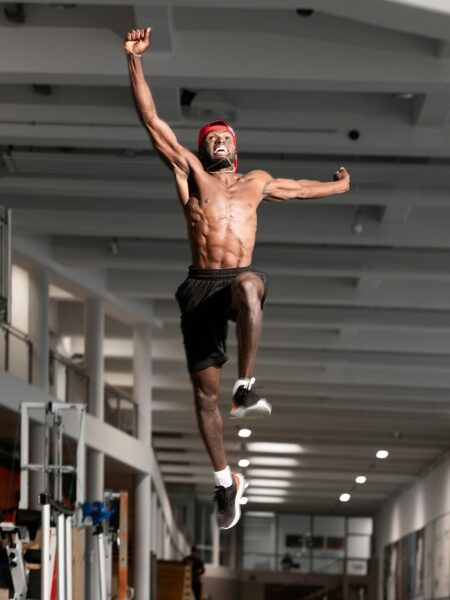
Gear: Nikon D850 + Sigma 105mm f/1.4
1/80, f/4, ISO 400 with synced flash
- Continuous Lights: Provide a more understandable workflow for everyone involved since the lighting effect of the setup is visible at all times. It can also help contribute to a seamless blend between photo and video. At the moment, I am using Maxima LED lights, as their innovative heating control design makes them superior in color quality and power efficiency. Also, the options to use my Profoto modifiers just make my workflow more logical.
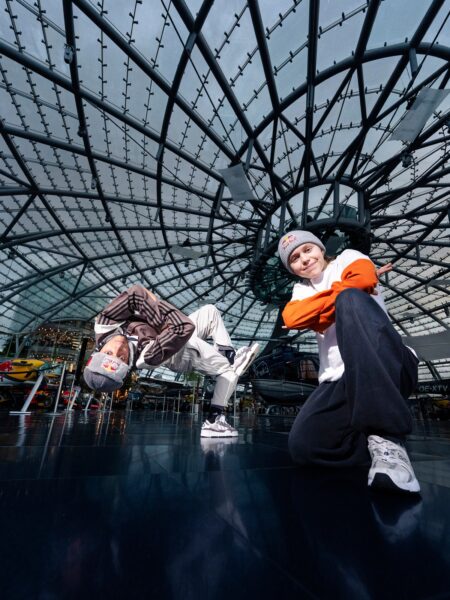
Gear: Sony A1 + FE 14mm F1.8 GM
1/1000, f/5, ISO 1600
Using one Maxima 3 continuous light with a Fresnel lens as the main light source
- Modifiers: From basic bouncers to professional softboxes, you can shape and control light for the desired mood. My favorites for sports photography are the Profoto Magnum reflectors which enhance the power of the light and help give a bit of direction.
Camera Settings for Different Styles
- Editorial/Documentary: Most of the time I shoot in Manual mode, but from time to time I take advantage of automatic modes like Aperture Priority or Shutter Priority if I find myself in a rush and with variable light conditions. For example, I can set Aperture Priority, locking the aperture at let’s say f/2.8 and ISO 1250 so I can ensure the speed won’t be automatically reduced too much in shadowed areas and keep subjects sharp enough. (These settings are only an example and it will entirely depend on the specific conditions on set.)
- Commercial: In most cases in commercial photography, I want to show the subject/product with sharper details so I would close my aperture, not wider than f/5.6, and use artificial light to keep a low ISO for the best quality.
- Artistic: Depending on your creative vision, you have the freedom to choose from closed apertures to slow shutter speeds. Here is one of my favorite artistic sports images, where continuous light with colored gels, a strobe light in rear mode, and a slow shutter speed helped create this final look:
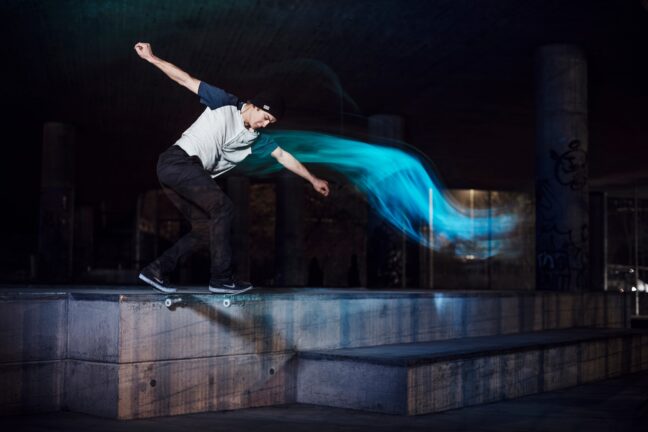
Gear: Nikon D810 + AF-S NIKKOR 50mm f/1.4G
Bulb, f/2.8, ISO 80
Purpose-Driven Sports and Action Photography
I personally feel that one of the most important things in photography and in life is to have purpose. This is what, in my opinion, professional sports photographers should prioritize in order to improve as artists and/or service providers. The goal of an image should be to communicate a message and/or feeling in alignment with the client, leaving the artistic vision in second position when needed.
If you are a sports event photographer, the goal is to document happenings in the most natural and authentic way possible, telling the viewers a story of what happened during the event.
As an example, if you are covering events and your client is one of the sponsors, there will usually be additional aspects to be respected and included in order to tell the story from a perspective that better combines the action and the values of the brand, meaning your client. There might be a rule or request to include vertical framed images, or it is welcomed to include artistic ideas, then your goals go beyond the raw documentation.
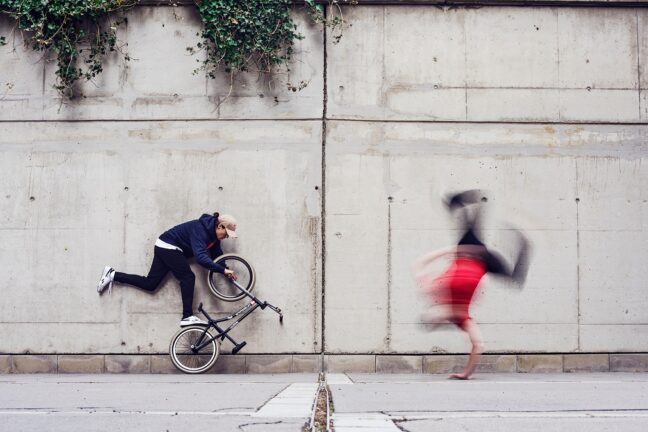
Gear: Nikon D810 + AF-S NIKKOR 50mm f/1.4G
1/5, f/9, ISO 64
Once the purpose of the photographer in relation to a shoot is clear, it’s time to decide on gear and settings to be implemented. Remember that cameras are tools and settings are part of techniques to achieve end results.
“Free time” is the best friend of the curious photographer. It allows you to experiment and learn new techniques and recreate or adapt concepts from other photographers or simply from any other field of creativity.
Disclosure/Disclaimer: As an Amazon Associate, we earn from qualifying purchases. Certain content was provided "as is" from Amazon and is subject to change or removal at any time. Product prices and availability: Amazon prices are updated daily or are accurate as of the date/time indicated and are subject to change. Any price and availability information displayed on Amazon.com at the time of purchase will apply to the purchase of this product.
